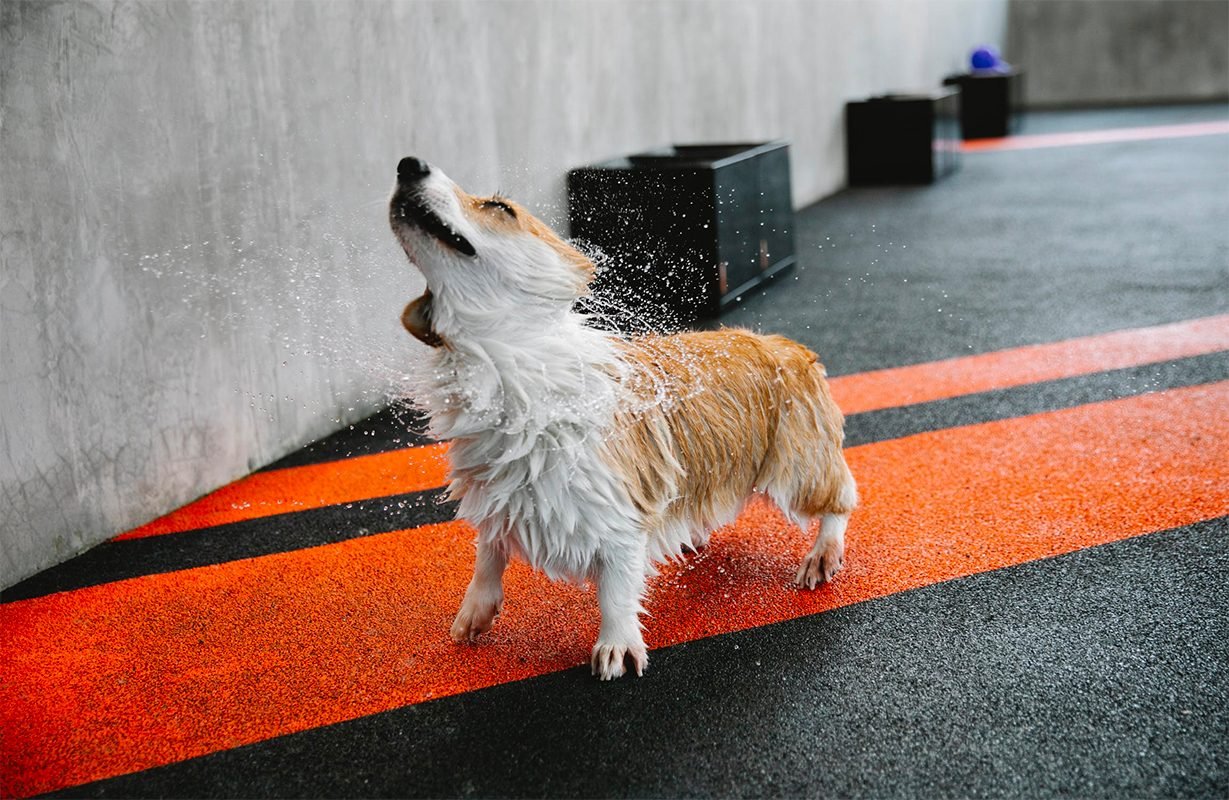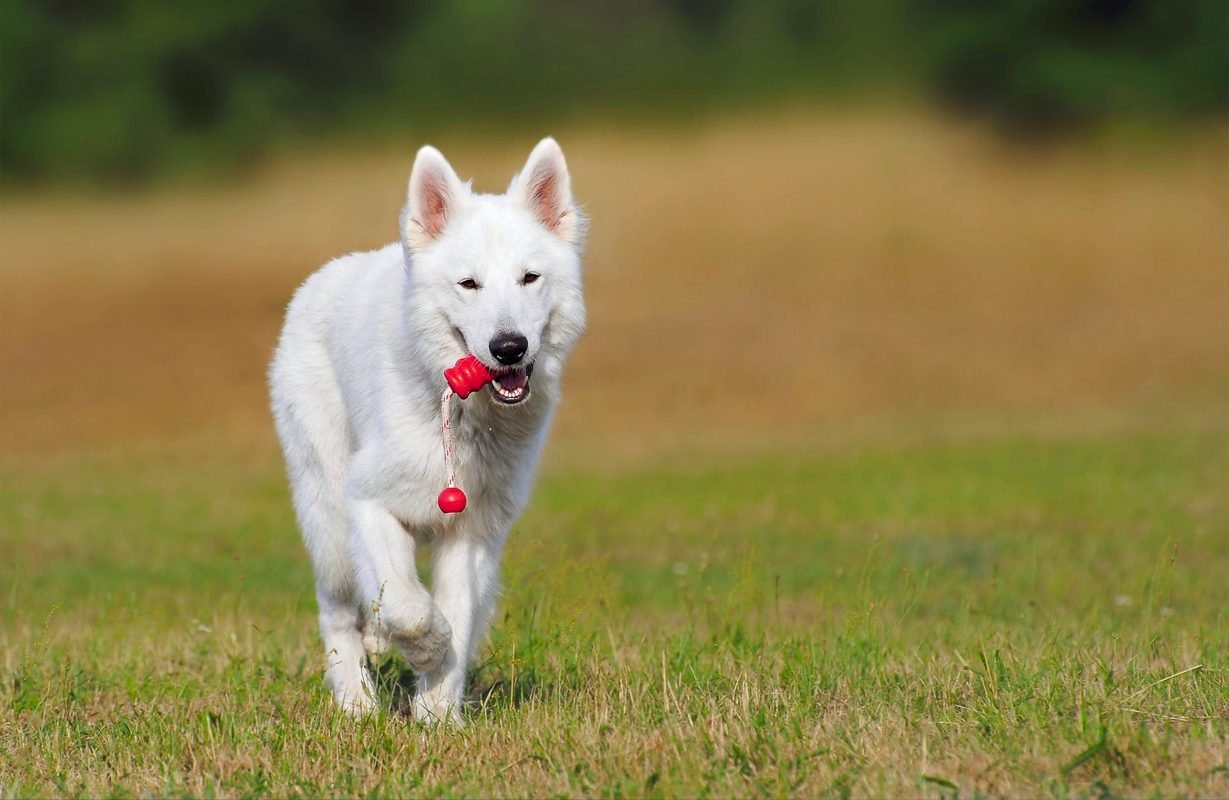Training for pets to behave like a social friend
Training your pet to behave like a social companion not only enhances your relationship but also ensures that they are well-adjusted and confident in social settings. Whether it’s a dog, cat, or any other beloved pet, social behavior training is key to nurturing positive interactions with family, friends, and even other animals. Pets that are well-trained in social behavior can thrive in a variety of environments, making them more enjoyable companions for everyone.
1. The Importance of Socialization
Socialization is crucial in shaping your pet’s behavior. Introducing your pet to new people, environments, and other animals at an early age helps them feel comfortable in different social settings. For dogs, regular exposure to parks, walks, and playdates with other dogs helps build confidence and reduce anxiety. For cats, positive interactions with humans and other pets foster a calm and sociable demeanor. Early socialization ensures your pet can navigate social situations without fear or aggression, making them a pleasant companion in any setting.
2. Teaching Basic Commands
Teaching your pet basic commands like “sit,” “stay,” “come,” and “leave it” is essential for their safety and for maintaining social harmony. These commands not only help you control your pet in social environments but also teach them self-discipline. Positive reinforcement, such as treats and praise, encourages good behavior while building trust between you and your pet. Over time, your pet will learn to follow these commands consistently, making them a polite and well-mannered social companion.
3. Encouraging Calm and Controlled Behavior
Training your pet to remain calm in exciting or overwhelming situations is a vital aspect of social behavior. Pets, especially dogs, can become overly excited when meeting new people or animals. Teaching them to remain calm and approach others gently will prevent any accidental rough play or jumping. Using techniques like desensitization, where your pet gradually becomes accustomed to stimuli that excite them, helps create a controlled and relaxed response to social interactions.
4. Addressing Social Anxiety
Some pets, particularly those that have experienced trauma or lack early socialization, may struggle with social anxiety. Training can help address these fears and build your pet’s confidence in social situations. Patience is key, as gradual exposure to social environments paired with positive reinforcement can help reduce anxiety. If your pet struggles with severe anxiety, consulting a professional trainer or behaviorist can provide specialized techniques to help your pet feel more comfortable and sociable.
5. Play as a Tool for Socialization
Playtime is a natural and effective way to socialize your pet. Engaging in interactive play with other pets or people teaches your pet how to read social cues and respond appropriately. Group activities such as fetch, tug-of-war, or chasing games foster teamwork and positive interactions. For dogs, enrolling in group obedience classes or doggy daycare can provide structured playtime that reinforces good social behavior while also allowing them to burn off energy in a healthy way.
6. Teaching Proper Greetings
Training your pet to greet people and other animals politely is an important aspect of social behavior. For dogs, jumping on people can be a common issue, but it can be curbed through training. Teaching your pet to sit or stay when someone approaches prevents overly excited greetings and ensures that both your pet and the other party are comfortable. For cats, providing them with the choice to engage or retreat during greetings helps reduce stress and allows them to initiate social contact on their terms.
7. Consistency is Key
Consistency in training is essential for long-term success. Social behavior training is not a one-time event but an ongoing process that requires regular reinforcement. Establishing clear rules and expectations for your pet, both at home and in social settings, helps them understand what is expected of them. Rewarding good behavior consistently ensures that your pet associates social interactions with positive outcomes, making them more likely to behave appropriately.
Conclusion
Training your pet to behave like a social friend is an investment in their well-being and your relationship with them. By focusing on socialization, basic commands, and calm behavior, you can ensure that your pet is a well-mannered and confident companion in any setting. Whether it’s greeting guests at home, interacting with other animals, or enjoying a day at the park, a socially trained pet enriches your life and brings joy to those around them.
At FurTreat, we believe that every pet has the potential to be a loving, social friend with the right training and care. Start your journey to a better-behaved pet today by incorporating these tips into your daily routine, and watch as your pet blossoms into the perfect social companion!












